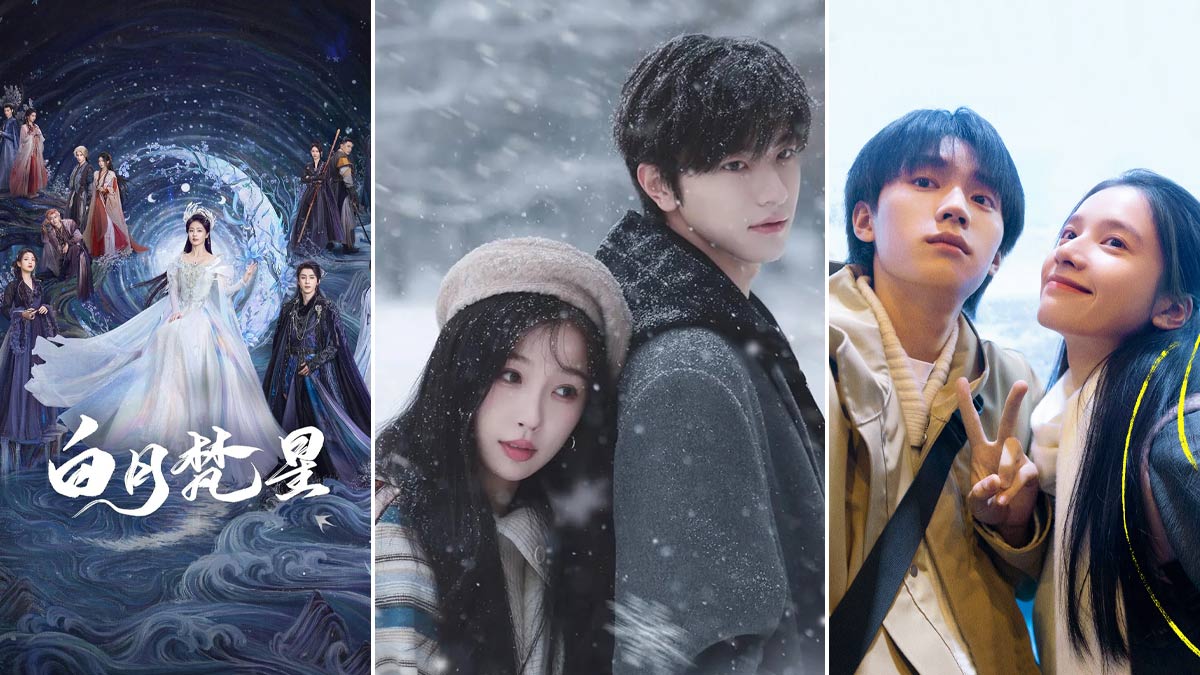
Let’s talk real, when we watch some TV Shows with sad story or with a touching theme, we often get hooked and some drama will move us and finally we will cry while watching the drama.
Realized it or not, TV is not just a noise that we often leave before bed. From time to time, TV shows has become an interesting model of entertainment which often lead to people’s contemplation after watching it.
Maybe, you wonder why the picture in the screen can connect with our heart, our empathy? Okay, let’s dive in to know more.
Diverse Kind of Emotions in Chinese Drama

We connect emotionally with characters on screen. Their struggles become our own, and their victories inspire us. This emotional investment makes the lessons more impactful than reading a self-help book.
When we get invested in a modern show, we’re going on an emotional journey. It’s more than just being happy or sad, the feelings are often more complex and layered. Here are a few of that emotions in explanation.
Anxious Anticipation
This is the nervous feeling you get when you know something bad is about to happen, but the character doesn’t. You’re on the edge of your seat, waiting for the event to unfold.
In historical dramas like Story of Yanxi Palace, you often know a rival has set a trap. You feel intense anxiety as you watch the main character walk into it, completely unaware of the danger.
Bittersweetness
This is when a moment is both happy and sad at the same time. For example, a character finally achieves their dream, but they had to leave a loved one behind to do it.
In The Untamed, when the two main characters finally reunite and clear up misunderstandings after 16 years, it’s a happy moment. But it’s also sad when you think about all the pain and lost time they had to suffer through.
See also : Life Lessons Hidden in Your Favorite Series
Conflicted Loyalty
This happens when you find yourself rooting for a character who does bad things. You like them and want them to succeed, but you also know their actions are wrong.
In Ashes of Love, the character Runyu (the Night Immortal) does many terrible things to gain power. But because we saw his lonely and painful past, we feel sorry for him. You want him to find peace, even though you don’t agree with his actions.
Cathartic Release
This is the powerful feeling of relief you get when a long-running mystery is finally solved or a villain gets the punishment they deserve. All the built-up tension is finally gone.
The show Nirvana in Fire is about a long, carefully planned revenge. When the main character finally exposes the villains and clears his family’s name after more than 50 episodes, it provides a huge sense of satisfaction and relief.
Shared Experience
This is when a character’s struggle feels very personal to you. You connect with their situation so deeply that their sadness or happiness feels like your own.
In a modern drama like Go Ahead, you see characters dealing with difficult family relationships and the pressure to succeed. Their feelings of being lonely or misunderstood can feel very real and similar to your own life, creating a strong personal connection.
See also : How Asian Love Stories Capture True Emotions
How Dramas Create These Complex Emotions
It’s not just the story that makes us feel things; it’s how the story is told. Modern dramas use specific filmmaking techniques to guide our emotions and make the experience more intense. Here are four key methods they use.
1. The Power of Music and Score
The background music is an emotional shortcut. It tells our brains how to feel before we even realize it. A slow, somber melody can signal tragedy, while a fast, high-pitched track can create immediate anxiety.
2. Strategic Pacing and Silence
The speed of a scene controls the tension. A rapid series of short clips can create a sense of panic, while slowing a moment down with slow-motion makes it feel more significant and emotional. Sometimes, the most powerful tool is silence, a long, quiet pause before a character speaks can be filled with suspense.
3. Visual Storytelling with Color and Light
Colors and lighting are used to set the mood visually. Happy memories and flashbacks are often shown in bright, warm, and saturated colors. In contrast, scenes of despair or imprisonment are filmed using dark, cold, and muted tones (like blues and grays).
4. Intimate Camera Work
How the camera focuses on a character changes our connection to them. An extreme close-up on a character’s tear-filled eyes forces us to share their pain intimately. A shaky, handheld camera shot during a chase scene makes us feel the character’s panic and disorientation.
